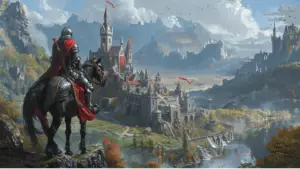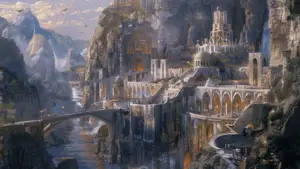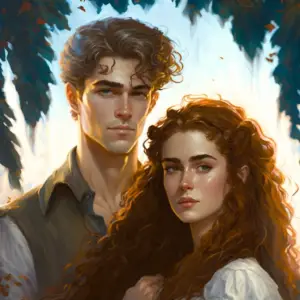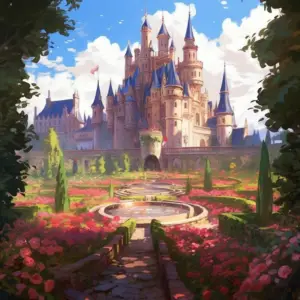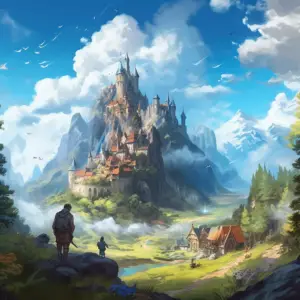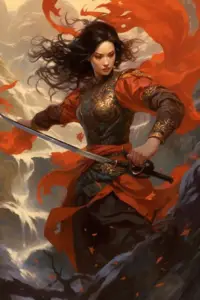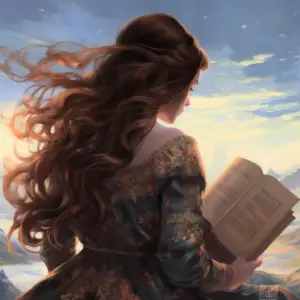The fantasy genre has come a long way since its early days, when writers had to rely on inspiration from myths and fairy tales instead of just drawing from other fantasy novels. The world has changed a lot since then — and so have the stories we tell about it.
Tolkien Changed the Way World-Building was Done
Tolkien’s legendarium (a term coined by himself to describe his entire body of works set in Middle-earth) was a huge inspiration for future fantasy, and many have said that the genre would never have been the same without it.
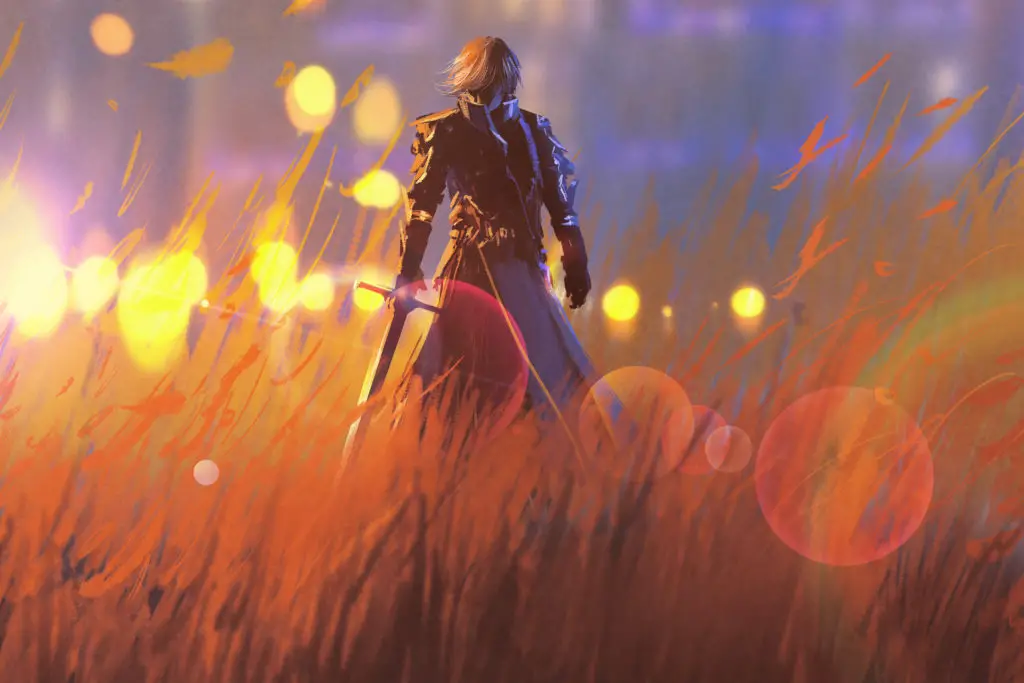
The legendarium, or Middle-earth as it has come to be known, is a vast world that Tolkien had been building since he was around 12 years old. It was an incredibly intricate place with many languages and peoples, and its stories were filled with adventure, tragedy and triumph in equal measure.
Tolkien’s influence was immense: his work inspired authors ranging from Robert Jordan to J. K Rowling to George R. Martin. And while many consider Lord of the Rings to be their favorite book of all time, it is perhaps not only because of the epic journey through Middle-earth itself or even its captivating characters, but also because of its sense of adventure and discovery that makes us want to go back again and again!
Tolkien Created Many of the Classic Fantasy Tropes
A lot of things we now think of as “classic” fantasy tropes came out of Tolkien, such as taking familiar mythological creatures and turning them into villains, including dragons and orcs.
Tolkien’s dragons are based on the Norse mythological serpent Jörmungandr (also known as Midgard Serpent), who was killed by Thor after he grew too big for his cage at Asgard (the Norse equivalent of Mt Olympus). In addition to being the father of all other snakes in Norse mythology, he was also responsible for holding up one end of heaven while his brother Loki held up the other end; hence his name means “contender with Loki.”
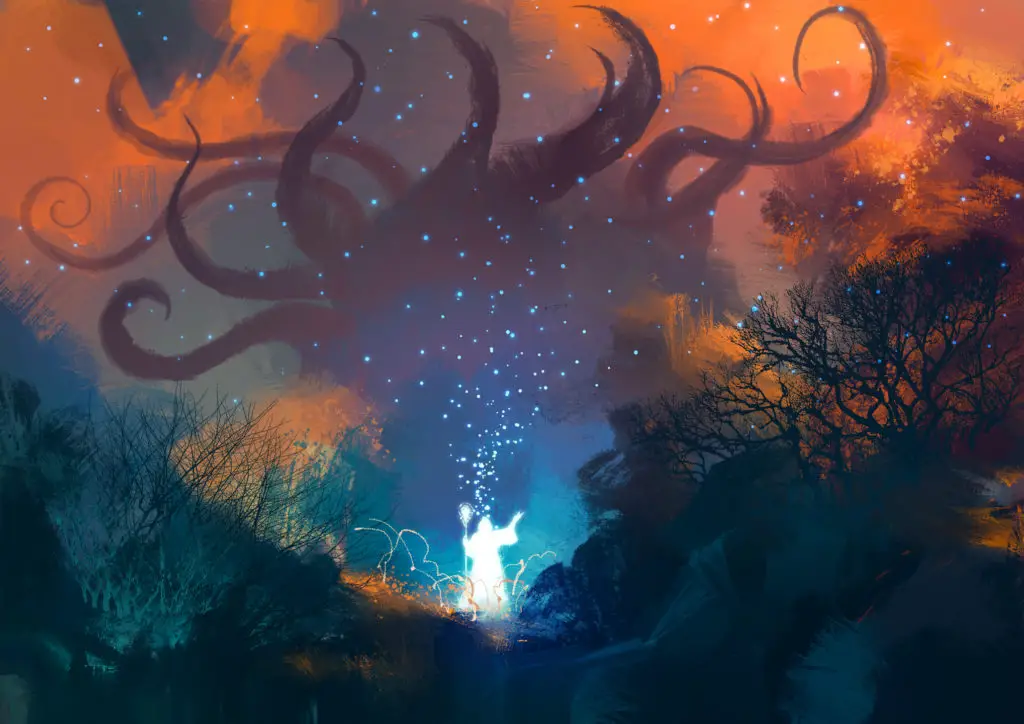
Along a similar vein, Tolkien’s elves are based on Viking legends about light-skinned fairies living underground in caves or within forests – just like elves! Presumably they could fly too because if you know anything about Vikings they loved their boats but hated getting wet so much that they would rather stay above ground than venture out onto water unless absolutely necessary!
Many have argued that what we now think of as classic fantasy tropes came out of his work: elves, dwarves, hobbits, wizards and magic rings (yes — again).
But perhaps even more importantly than these things are those themes that run through all great stories: good versus evil; friendship; courage; hope; temptation and greed; redemption.
Tolkien’s Fantasy Languages Inspired Many Authors to Create their Own Fantasy Languages
Many authors also took Tolkien’s approach to creating whole new languages for their fantasy worlds, an idea he got from his love of Norse mythology.
Tolkien was a linguist, and he spent a lot of time researching the languages used in ancient cultures. While working on his books, he also created maps and histories for the fantasy worlds he created. He was inspired by Norse mythology in particular, but his interest in other languages is evident throughout his work—as well as yours!
Tolkien Introduced Inspiration from Mythology into the Fantasy Genre and Adult-Level Psychological Realism
Before Tolkien, authors who started writing fantasy were inspired by fairytales aimed at children. Tolkien, on the other hand, primarily drew from mythology and classical literature, wanting to create a story that was mythical and a ‘fairytale’, but one meant for adults.
Whereas stories meant for children might have to stay away from certain subject matters or simplify its characters’ motives, Tolkien selected themes (ex: war), developed world-building, and employed characterization that could be aprpeciated by adult-level readers.
Tolkien Introduced the Now Default ‘Secondary World’ Setting
The influence of Tolkien’s work on the modern fantasy genre cannot be overstated. When he published The Hobbit in 1937, a lot of people thought it was just another children’s book. But then it became a huge hit, and soon after it was followed by The Lord of the Rings, which changed the course of history for both Tolkien himself and his readership.
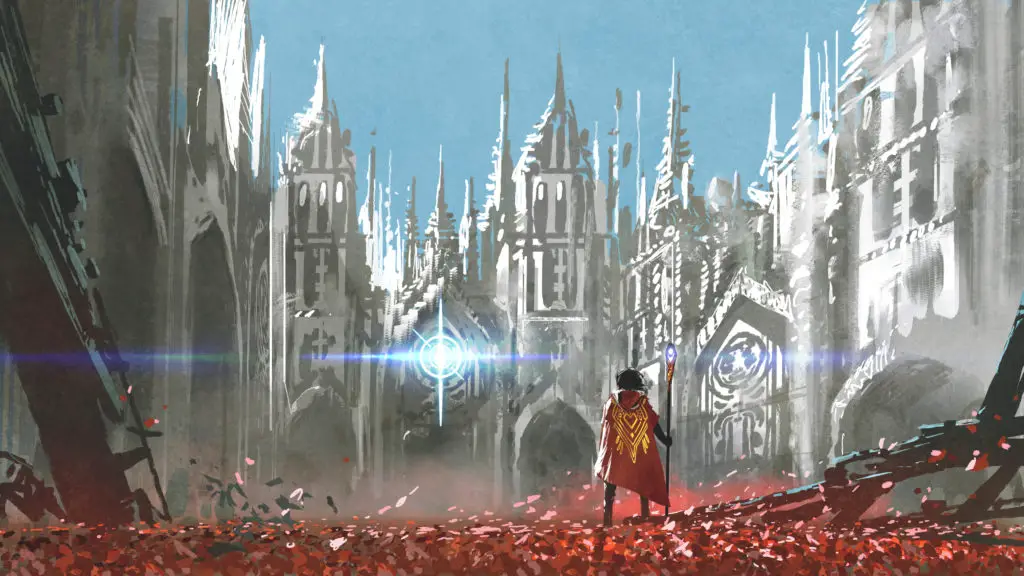
Many writers now seek to create a fully realized ‘secondary world’ not dissimilar from our own in the way Tolkien did with Middle-earth in The Lord of the Rings. Instead of writing what we now consider ‘portal fantasy’, writers today tend to follow Tolkien’s lead by having a story begin, take place in, and end in a fantasy world. Prior to Tolkien, the convention was for stories to take place in the ‘real world’, with contemporary characters temporarily visiting a fantasy world such as fairyland.
Tolkien Provided Fresh Inspiration and a New Format for Fantasy Stories that Many Authors Took Up
Tolkien’s work proved especially influential because he established several conventions that became standard within his genre: magic is real but rare; elves are immortal creatures living in forests; dwarves live underground mining precious metals; humans are flawed creatures who must struggle against evil forces threatening them at every turn.
Telling a ‘fairytale for adult readers’ – which was how some described what we now call the fantasy genre at the time – posed challenges for early writers, because there were few other books aside from Tolkien’s or C.S. Lewis‘ on which they could draw inspiration. This was in contrast to authors writing in more established genres, such as historical fiction or science fiction.
As a result, many authors were not only captivated as readers by Tolkien’s stories, but greatly drew from them when they came to write their own.
Conclusion
The most important thing to remember is that there’s no one right way to write fantasy. You can still make it successful in whatever way you choose, so long as your work has heart and imagination.

